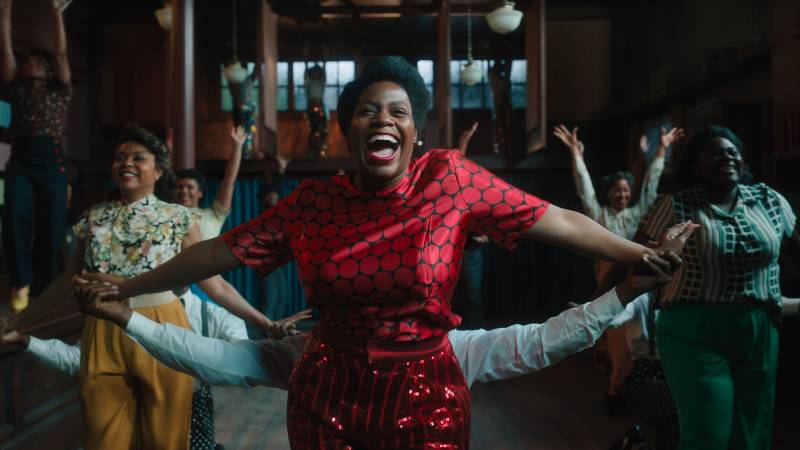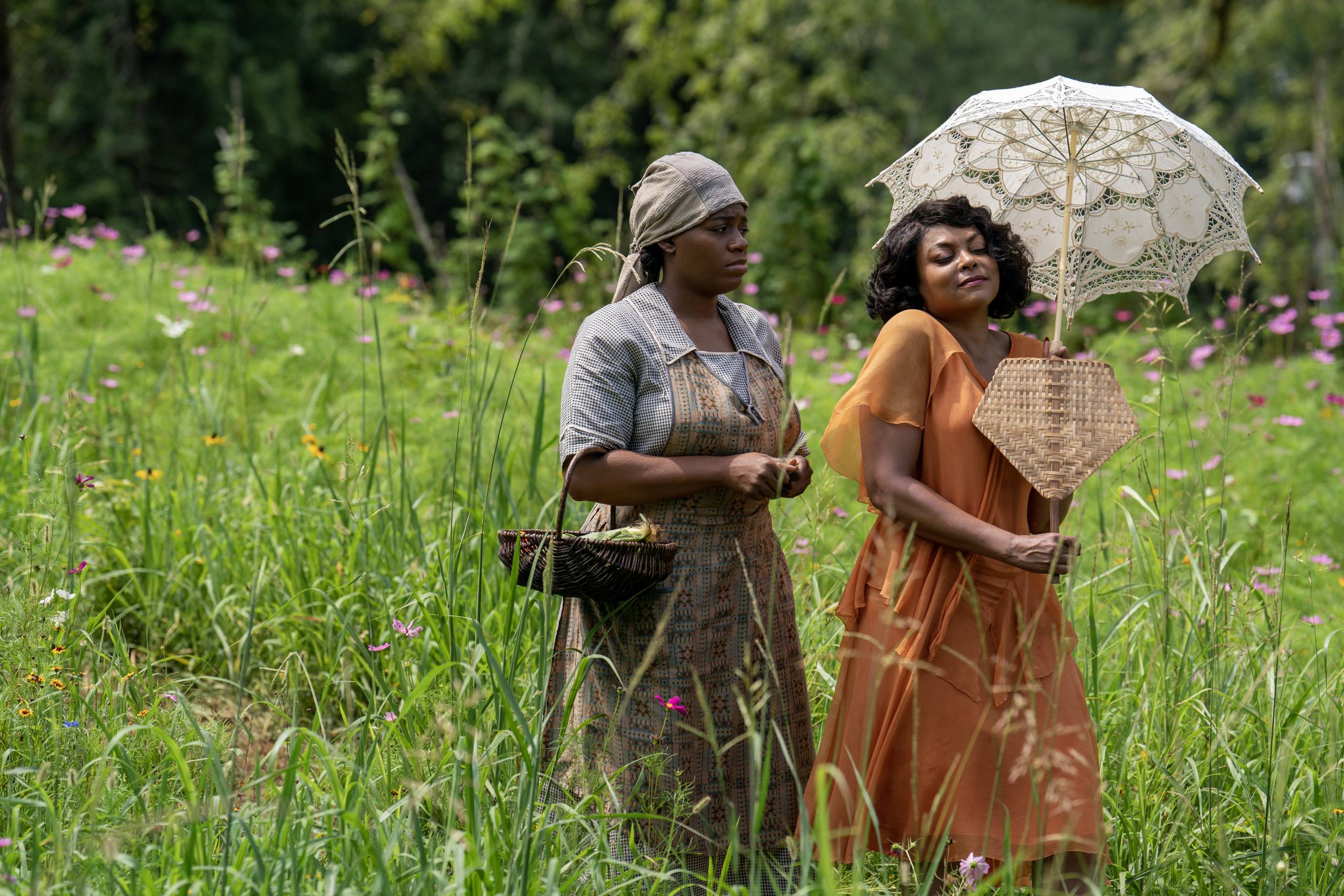Forty years on, Alice Walker’s 1982 Pulitzer Prize-winner The Color Purple stands as a landmark of American fiction. The novel has been reconceived, with varying success, as a movie (by Steven Spielberg in 1985) and a Broadway musical (2005). The stage production was revived in 2015 and has now spawned a film version.
‘The Color Purple’ Successfully Squeezes Popular Entertainment Out of Art

The Color Purple (opening Christmas Day) is engaging musical entertainment, grounded in a slowly bending story arc of female empowerment. That’s a combination that will find favor with many moviegoers — though they will have to be forgiving of condensed and occasionally confusing storytelling, oddly abrupt transitions and a surfeit of song-and-dance sequences that land with little impact.
The new movie will reach a larger audience than the stage musicals did (including touring companies), an unassailable fact that doubles as economic justification. More important, dear reader, is your relationship to Walker’s painful, joyous saga of resolute Southern Black women in the first half of the 20th century, and your opinion of the stage musical. How gritty, or glossy, do you like it?

As the movie opens in 1909, Celie and her sharp, protective sister Nettie are cheerful and pragmatic teenagers in rural Georgia. Their abusive father has impregnated Celie twice, given away the babies and now sells her to Mister (Colman Domingo), a brutal, charming older farmer who caps his villainy by assaulting Nettie and chasing her away at gunpoint.
As the years roll by without any news of her sister, Celie (Fantasia Barrino, displaying terrific range) doesn’t rebel against her miserable situation. Fortunately, two strong women come into her circumscribed world and rattle her perspective. The liberated blues belter Shug Avery (Taraji P. Henson), Mister’s onetime lover, settles under their roof for a few days, long enough to kindle a spark with Celie. The fearless Sofia (Danielle Brooks), who marries Mister’s son Harpo, announces her independence the moment she hits the screen and carves it in stone with the foot-stomping anthem “Hell No!”

The first challenge of adapting The Color Purple — as with any story that involves subjugation and domestic violence — is portraying the characters’ suffering without either glorifying (i.e., wallowing in it) or cheapening it. That’s an especially tough tone to nail in a musical, but director Blitz Bazawule (co-director of Beyoncé’s Black Is King) succeeds in making us feel the sting of Mister’s slaps and blows without robbing Celie of our respect.
The bigger problem, it turns out, is conveying Celie’s gradual and deliberate evolution into the author of her own destiny. Even at two hours and 20 minutes (including credits), The Color Purple feels abridged and rushed. Take the electric extended-family dinner scene in which every female character asserts herself over the menfolk (especially Mister and his aged father, played by Louis Gossett, Jr.). It remains the satisfying centerpiece of the movie, but it comes as something of a surprise; the groundwork hasn’t been fully laid for Celie’s spontaneous assertion of freedom.
Another area in which the movie can’t approach the depth and layers of Alice Walker’s novel, the strong cast notwithstanding, is the intimate relationship that develops between Shug and Celie. We can debate whether time constraints or an abundance of studio caution limited Bazawule’s portrayal of their love to a couple brief snippets.

For moviegoers all the way onboard for Celie’s journey, these are quibbles that won’t detract from their enjoyment of The Color Purple. They will revel in the few seconds the filmmaker allows for audience applause after Barrino finishes her solid rendition of the show-stopper “I’m Here.”
In fact, if you have any interest whatsoever in The Color Purple, you should see it with a crowd in a theater. The experience will be immeasurably richer than streaming it alone or with a couple friends — even though you can sing along at home.

‘The Color Purple’ opens Dec. 25, 2023.

